#fossil friday
Explore tagged Tumblr posts
Text

Skin? Moisturized. Teeth? Tusk-like. Today’s mood? Mastodonsaurus giganteus. This animal lived during the Late Triassic about 215 million years ago. It’s an extinct relative of frogs and salamanders, but it probably behaved more like a crocodile: Its large, flat skull and tusk-like teeth (some of which protruded through the skull) seem to be adapted for seizing large prey. You can see this life-sized model in the Museum’s Hall of Vertebrate Origins! Plan your visit.
#science#amnh#museum#nature#natural history#animals#fact of the day#paleontology#did you know#cool animals#mastodonsaurus#triassic#vertebrates#ancient animals#fossil friday
2K notes
·
View notes
Text
Baryonyx walkeri sketch
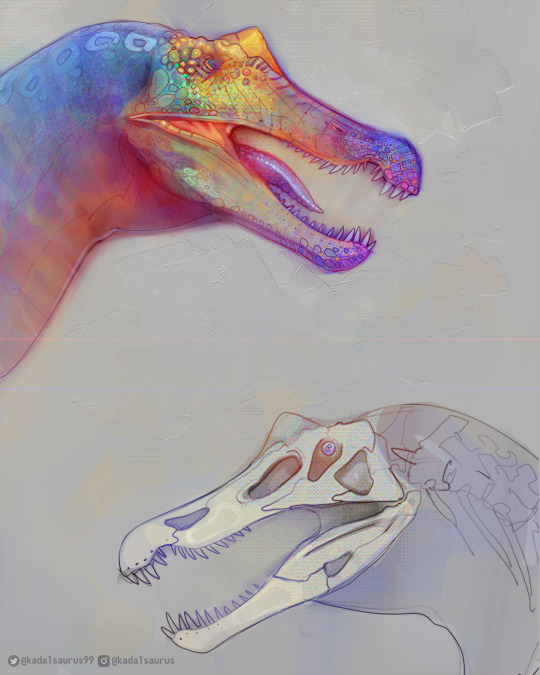
my attempt on baryonyx

#illustration#digital art#illustrators on tumblr#art#aesthetic#character art#animals#paleoart#dinosaur#palaeoblr#palaeontology#palaeoart#paleoblr#paleoartist#paleontology#palaeo stuff#fossil friday#baryonyx#spinosauridae#paleoarte#paleo art#sciart#scientific illustration
2K notes
·
View notes
Text

Today's random portfolio artwork is a life-size Diplodocus mural (human figure for scale), which I painted for the Children's Museum of Indianapolis.
#Art#Painting#PaleoArt#PalaeoArt#SciArt#SciComm#DigitalArt#Illustration#Dinosaurs#Birds#Reptiles#Palaeontology#Paleontology#fossil friday
1K notes
·
View notes
Text

A partial Cretaceous coelacanth jaw of an Axelrodichthys lavocati from the Kem Kem Group in Hassi Zguilma, Morocco. This species of mawsoniid coelacanthiform was formally, and may still be, assigned to the genus Mawsonia. These giant lobe-finned fish were likely a vital food source for the larger piscivorous predators in the deposit such as Spinosaurus, Sigilmassasaurus, and Elosuchus.
#fish#coelacanth#fossils#paleontology#palaeontology#paleo#palaeo#axelrodichthys#mawsonia#mawsoniidae#cretaceous#mesozoic#prehistoric#science#paleoblr#fossil friday#fossilfriday#アクセルロディクティス#マウソニア#シーラカンス#化石#古生物学#マウソニア科
123 notes
·
View notes
Text
Fossils of the Unova Region

You can find this as a print and then some right here!
Check out the other regions' fossils here!
#pokemon#art#digital art#my art#nintendo#pokemon art#digital painting#pkmn#pkmn art#fossils#fossil pokemon#unova#unova region#tirtouga#caracosta#archen#archeops#rock type#water type#flying type#fossil friday
65 notes
·
View notes
Text
Fossil Friday: Glossopteris

This is Glossopteris, a fossil tree from the Late Permian Period. Technically, the name only scientifically refers to he leaves but for our purposes, we're going to refer to the whole tree. This is an important fossil because it is found on multiple continents that used to make up the supercontinent Gondwana.

More than 70 species in this genus have been found in India alone if that is any indicator to this being a good fossil for evidence of continental drift.
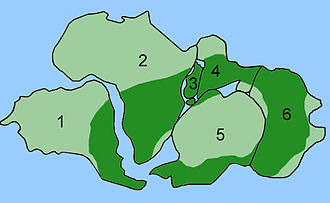
The dark green indicates where this fossil as been found within those continents.

The environment that these trees grew in has been interpreted as similar to Bald Cypress: very wet, swampy conditions. As the whole tree has not been found, many speculations as to what the trees looked like have been made. We do know that they had broad leaves and were possibly deciduous.
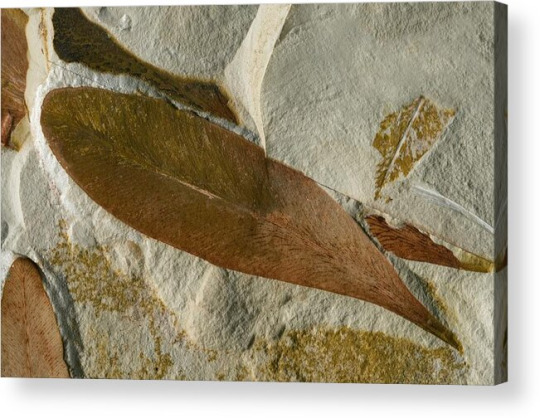
They did appear to have softwood interiors similar to Arcaria conifers. The trunks had a maximum width of almost 3ft (80 cm) and could possibly reach heights of 98ft (30 m).

Tune in Sunday at 6pm as I attempt one more time to have a discussion with colleagues about some recent news in paleo and geo in a livestream right here on Tumblr as well as my other social media (Youtube, Tiktok, FB, and Insta). If all else fails, have questions prepared and I will answer questions put my way. Fossilize you later!
63 notes
·
View notes
Text
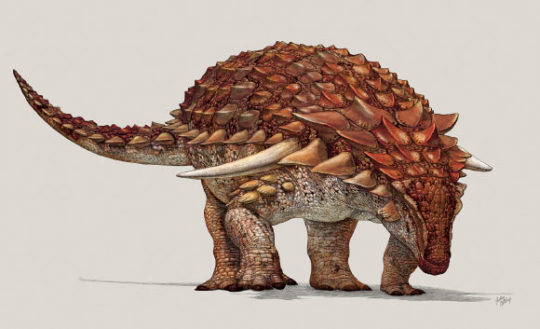
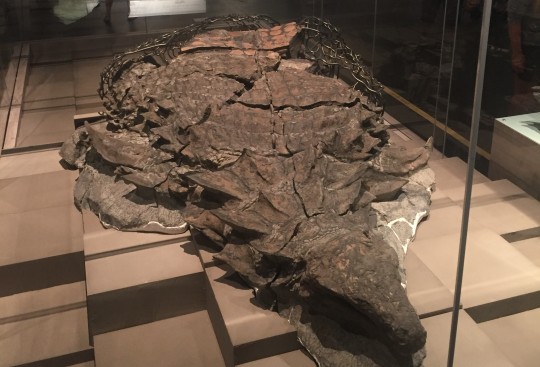
Happy Fossil Friday!
Who: Borealopelta markmitchelli
name meaning: "Northern shield" "Mark Mitchell"
pronunciation: Bore-ee-al-oh-pell-tah Mark-Mitchell-eye
What: A nodosaur, the un-clubbed kin to ankylosaurs
When: Early Cretaceous Period
Where: Alberta, Canada
Fun fact!: The specimen pictured above is one of the most well preserved dinosaurs ever discovered. It was discovered by miner Shawn Funk at Millennium Mine oil sands just north of Fort McMurray in Alberta. This local was perfect for exceptional preservation as the deposits were predominantly bitumen-rich (coal) sands. Preserved on the animal are not only skin impressions, but a snapshot image of what the animal would have looked like in life, and even red pigments have been found that indicate the hue of the skin.
Image Credits: (Left: Meet Borealopelta markmitchelli, ‘Best-Preserved Armored Dinosaur’ | Paleontology | Sci-News.com Right: M. Cross)
#paleontology#fossil friday#palaeontology#fossils#paleo#palaeoart#paleoart#canada#borealopelta#nodosaur#alberta#coal mining#mummified dinosaur
278 notes
·
View notes
Text

Fossil Friday: Ammonite
Ammonite is a preserved shell belonging to an Ammolite or other creature belonging to the subclass Ammonoidea. These fossils are the remains of an extinct marine cephalopod (mollusc) from the Jurassic period (about 200 million years ago) to the late Cretaceous period (about 66 million years ago). Ammonites died off at roughly the same time as flightless dinosaurs. Ammonites were a unique group of creatures, likely having eight separate arms, resembling a coleoid (squids, octopuses, and cuttlefish), while the shell and it's shape closer resembling a nautilus. An estimated 10-20 thousand species of ammonite have been discovered, so no two fossils will be the same. The largest ammonite specimen found was over 1.8 metres (approx. 5.9 feet) in length, while being an incomplete fossil. Ammonite can be found at any location where prehistoric oceans once were. Ammonite is often used as an index fossil, being used to date the approximate age of the rocks it is embedded in. Ammonite is considered to be one of the world's rarest gemstones when the shell appears iridescent.
It is crucial to be aware of laws and regulations governing fossil collection in your area. Many places require all fossils found to be sent to a palaeontologist, and have strict regulations on the selling of locally found specimens.
More information about ammonites can be found here.
Stay tuned for next week's Fossil Friday!
#crystals#geology#minerals#rocks#fossils#rock collection#gemstone#geoscience#rock hounding#rock of the day#paleo#palaeontology#paleontology#fossil friday by let's talk rocks#fossil friday#let's talk rocks#ammonite
12 notes
·
View notes
Text
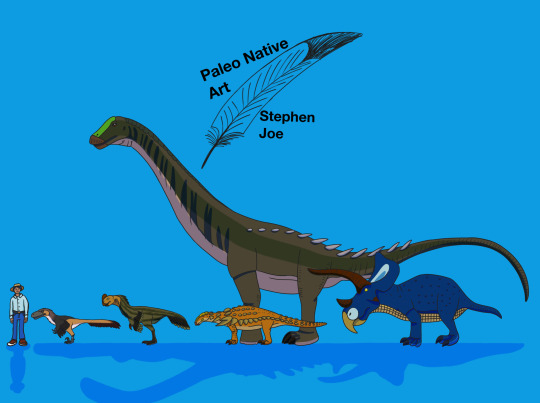
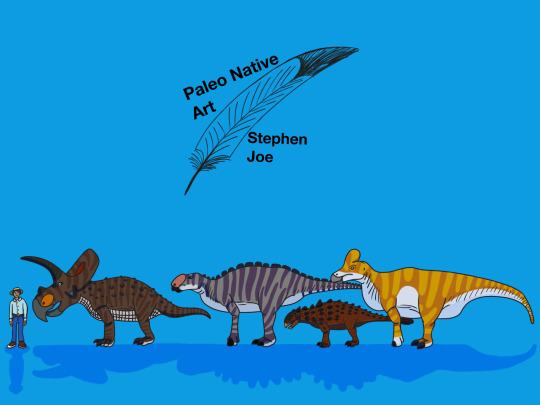

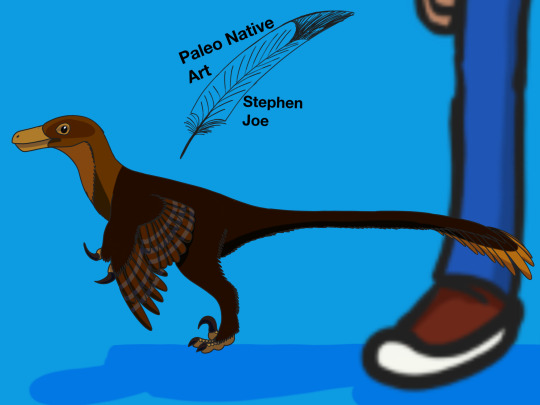
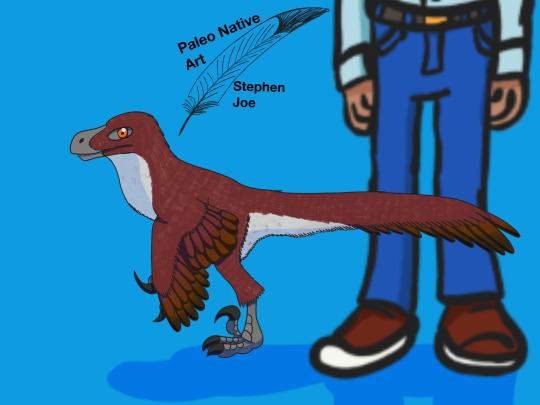
The Dinosaurs of the Ojo Alamo formation
Time for more to make a non-avian dinosaurs of the late Cretaceous period set in the heart of San Juan county, New Mexico. In fact, it’s very similar to northern laramidia such as Hell creek formation with subtropical warm and humid climate, and Lance formation with bayou environment. But unlike two other formations, Ojo Alamo formation has a lush floodplain dominated by wetlands and riparian forests. Home to the fossilized Cretaceous fishes, amphibians, turtles, squamates, crocodilians, and mammals.
As for the non-avian dinosaur species themselves, there were 5 species are officially valid (but one of them is possibly a nomen dubium). The rest however are indeterminate and unnamed species.
From left to right:
* Dineobellator notohesperus
* Ojoraptorsaurus boerei (nomen dubium as of 2025)
* Glyptodontopelta mimus
* Alamosaurus sanjuanensis
* Ojoceratops fowleri
As I said before, along with the other species of naashoibito member, they were unnamed or confer (Cf) other species of non-avian dinosaurs that were yet to describe.
From left to right (Herbivores side & Carnivores/Omnivores side)
* Ceratopsidae indet (An torosaurus-like chasmosaurine indet.)
* Hadrosauridae indet (Originally attended as Kritosaurus navajovius, but now its unknown species as “kritosaurini” indet.)
* Ankylosauridae indet (Noted as being similar to Ankylosaurus and Euoplocephalus.)
* Lambeosaurini indet (Noted as being similar to Corythosaurus and Hypacrosaurus.)
* Richardoestesia sp. (A few isolated teeth specimens.)
* Dromaeosauridae indet (An isolated teeth of the Saurornitholestinae indet similar to acheroraptor, but not as sharp as the latter.)
* Troodontidae indet (Isolated teeth specimens.)
* Ornithomimidae indet
* Tyrannosauridae indet (Formerly known as “Alamotyrannus brinkmanni.” Either Cf. Tyrannosaurus sp or possibly a new taxon species that is similar to Bistahieversor as closely related.)
For last but not surly least, it’s a same navajo man from my previous old art is back as sized scale for larger and smaller scale projects.
But the only these two are still there but ultimately not included were Caenagnathidae indet and Ankylosauria (possibly Nodosauridae) indet, due to both similarities of Ojoraptorsaurus and Glyptodontopelta which are distinct from other species.
Used skeletons of different species as references, belongs to Scott Hartman, Fadeno, GetAwayTrike, Jaime A. Headden, LancianIdolatry, Greg S. Paul, and Henry Sharpe Art.
#my art#myart#dinosaur#paleoart#my drawings#dinosaurs#dinosauria#ojo alamo formation#late cretaceous#theropod#sauropod#ornithischians#naayéé#navajo#sketchbook app#artists on tumblr#paleontology#fossil friday
12 notes
·
View notes
Text




The new wave of echinodem. Some in ovale, brown with little remicent of their distant shell pattern. Found great ones in good condition.
The two orange broken parts in orange flint.
Some have clear pattern, others are chunky.
And the other three in gray, with outstanding intact one in darker gray.
All are good example to shown of the varity to finding and for id.
#fossils#geology#fossil hunt#echinoids#echinoid#echinoderm#fossils in germany#fossils 2024#fossil collecting#fossil friday
24 notes
·
View notes
Text
So apparently it is ‘Fossil Friday’:) I like this term!
I cracked open that one from my last post and was rewarded with my favorite genus of Brachiopod, ✨ Leptaena ✨!! so beautiful..
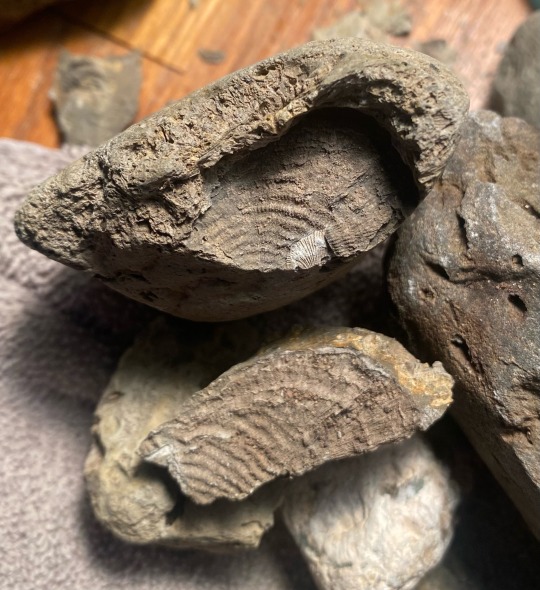
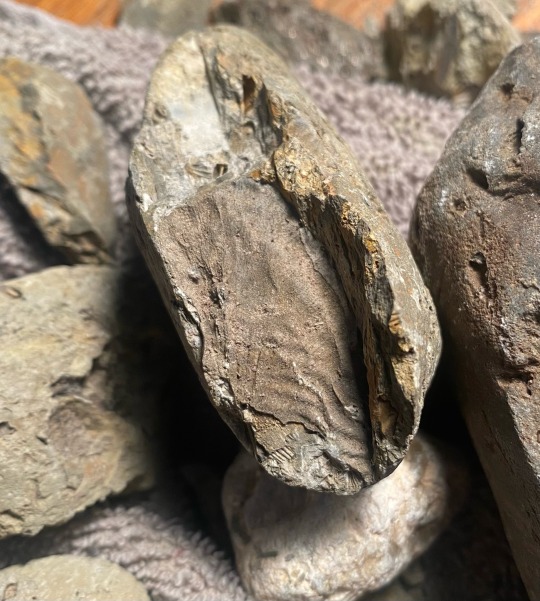
Also I cracked open this mush
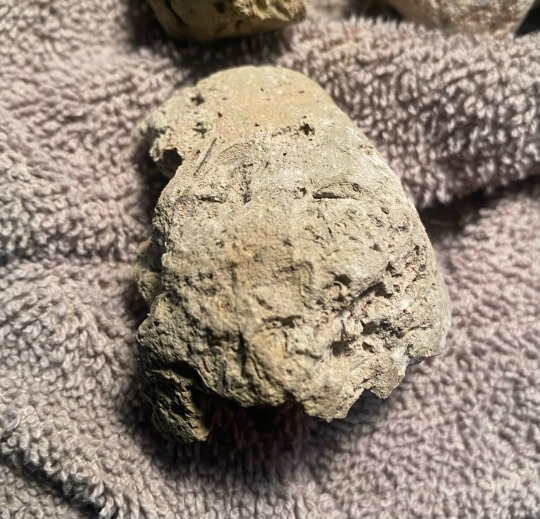
I managed to weasel this lady out!!


I am honestly not too sure what I am looking at in the 2nd photo, I am 93% sure this is half of a Brachiopod, so I am guessing those are the innards, so I am also guessing that that circle is the pedical, maybe? It is just so large?. I have never found one with the inside visible like this. And I just can not find any references I need .. anybody know?
Also another Leptaena was also in there
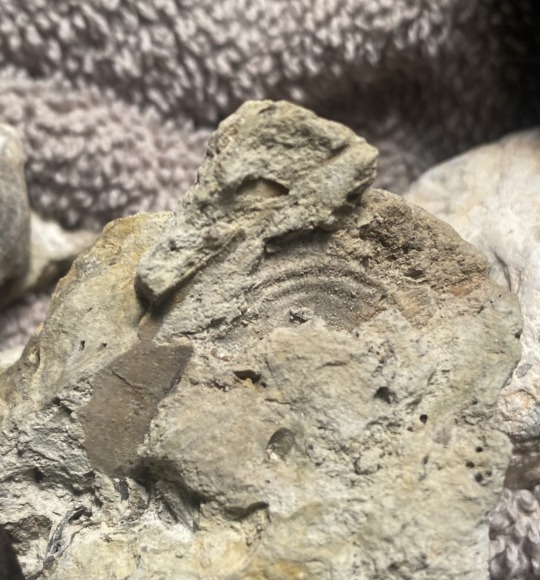
And an adorable Bryozoan sheet that makes me crave honey:)
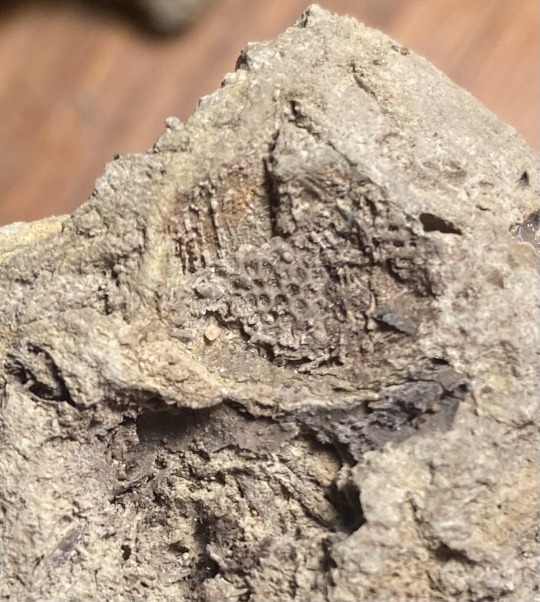
And here is a better photo of the chisel project I was working on the other day! I am a little stuck on this one, I really do not want to damage the Crinoid, it seems so fragile..

#fossil friday#devonian fossils#devonian period#my fossils#amateur paleontology#paleontology#fossils#fossil#fossil hunting#fossil collecting#geology#devonian#fossilblr#brachiopod#devonian fossil#brachiopods#bryozoan colony#bryozoa#bryozoans#bryozoan#crinoids#crinoid#rocks#rockblr#brachiopod fossils#earth science
20 notes
·
View notes
Text

Act like Megalochelys atlas and smile, because it’s Fossil Friday! One of the largest known land turtles, scientists think this massive reptile could reach heights of 5.9 ft (1.8 m)—tall enough to look a grown human in the eye. This specimen’s shell measures some 7.4 ft (2.3 m) long and in life, it may have weighed more than 2,000 lbs (907 kg). Megalochelys lived during the Late Pliocene about 2 million years ago. The fossil on display in the Museum’s Hall of Vertebrate Origins was found in 1922 in Chandigarh, India.
Photo: © AMNH
#science#amnh#museum#fossil#nature#natural history#animals#paleontology#turtle#herpetology#did you know#fact of the day#pliocene#fossil friday#cool animals#turtles#smile#ancient animals#reptiles
2K notes
·
View notes
Text
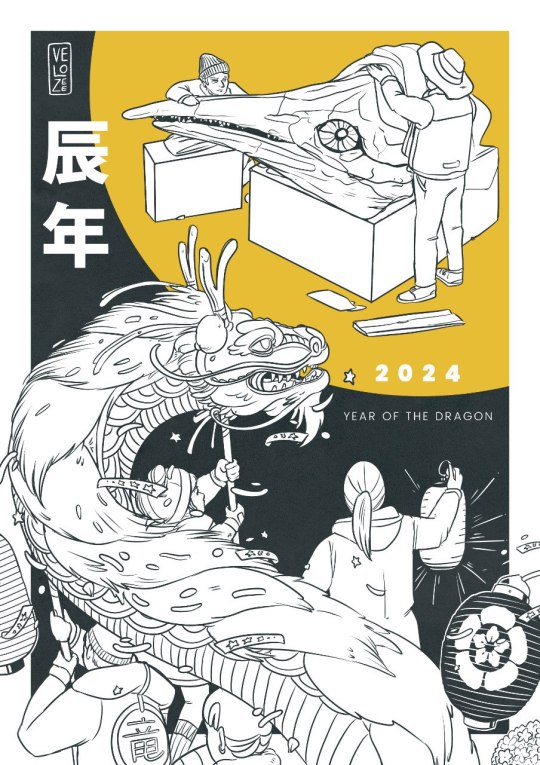
辰年
Year of the dragon!
Happy new year 2024
Make the best of it, even if you have to use your teeth like this Leptopterygius trigonodon did back in jurassic times.
#digital illustration#velozee#paleoart#paleontology#Jurassic#ichthyosaur#fossil friday#Fossil#Leptopterygius#Year of the dragon
32 notes
·
View notes
Text
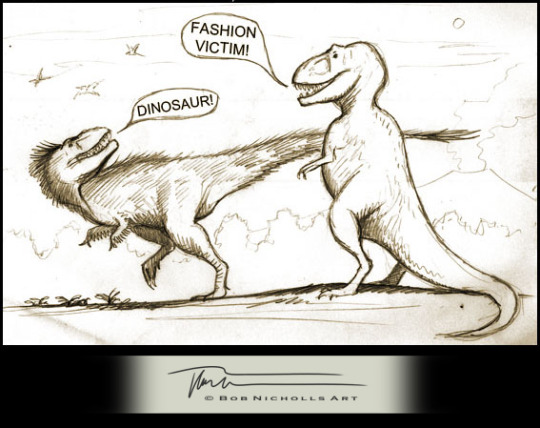
An old cartoon for Fossil Friday.
#Art#Painting#PaleoArt#PalaeoArt#SciArt#SciComm#DigitalArt#Illustration#Dinosaurs#Birds#Reptiles#Palaeontology#Paleontology#Fossil Friday
99 notes
·
View notes
Text

A dinosaur tooth of a Marshosaurus bicentesimus from the Brushy Basin Member, Morrison Formation in Dinosaur, Moffat County, Colorado, United States. Marshosaurus is a lesser known megalosauroid or piatnitzkysaurid of the Upper Jurassic often overshadowed by its famous contemporaries like Torvosaurus, Allosaurus, and Ceratosaurus. The blade-like teeth of these obscure theropods can be distinguished from the similar morphology of Allosaurus by its finer serration density and a DSDI greater than 1.15. These teeth have a similar condition to those of megalosaurids in which the mesial carinae does not extend to the base and stop around 2/3rds the way down.
#dinosaur#fossils#paleontology#palaeontology#paleo#palaeo#marshosaurus#megalosauridae#piatnitzkysauridae#theropod#jurassic#mesozoic#prehistoric#science#paleoblr#fossil friday#fossilfriday#マルショサウルス#メガロサウルス科#ピアトニツキーサウルス科#恐竜#化石#古生物学
82 notes
·
View notes
Text
The Fossils of the Kanto Region
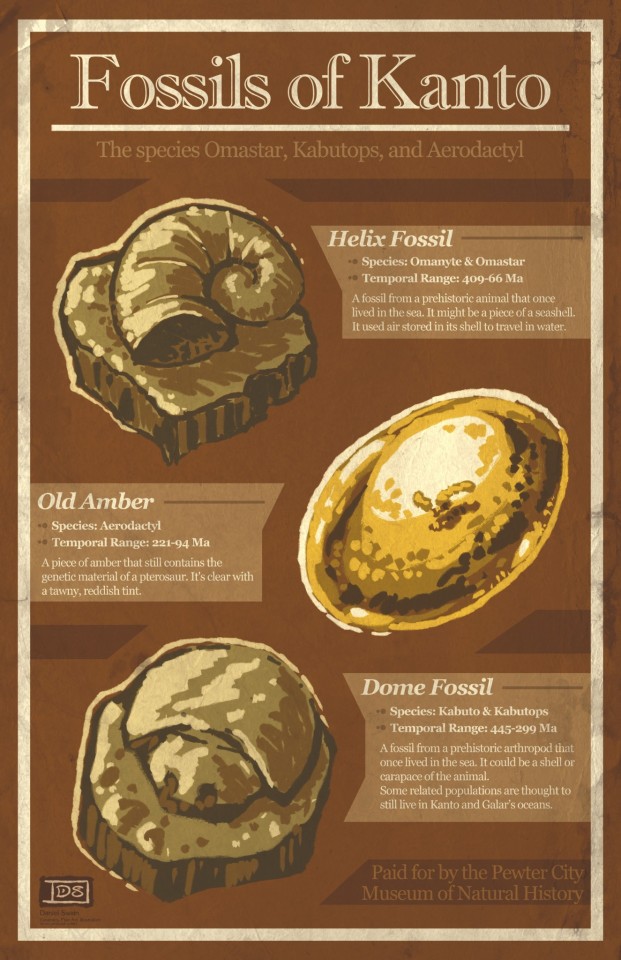
This was a remake of an old poster, and I'm much more satisfied with this one
#pokemon#digital art#art#my art#nintendo#pokemon art#digital painting#sketch#fossils#pokemon fossils#fossil friday#fossil pokemon#kanto#kanto region#pkmn#pkmn rby#pkmn frlg#omanyte#omastar#kabuto#kabutops#aerodactyl
303 notes
·
View notes